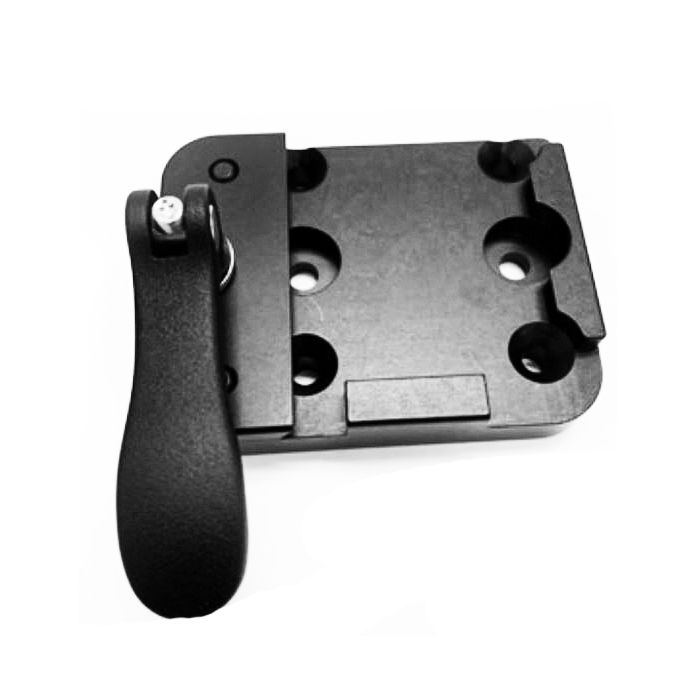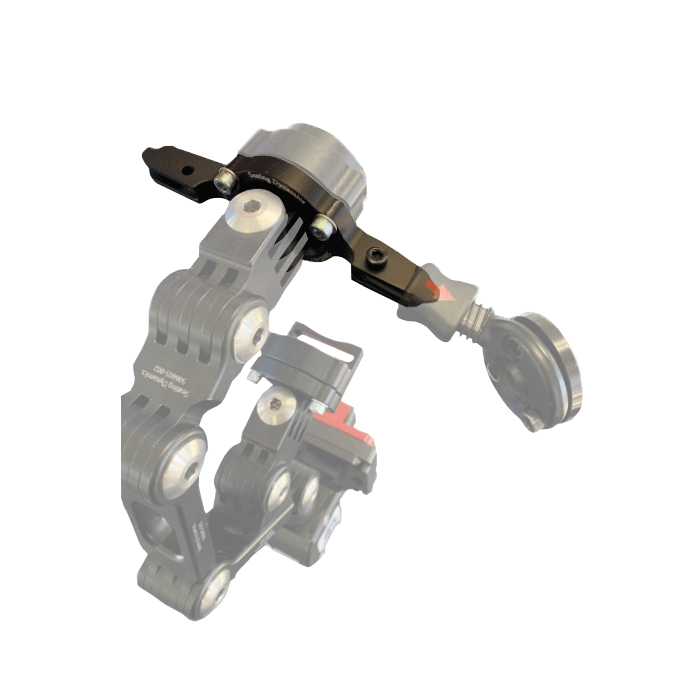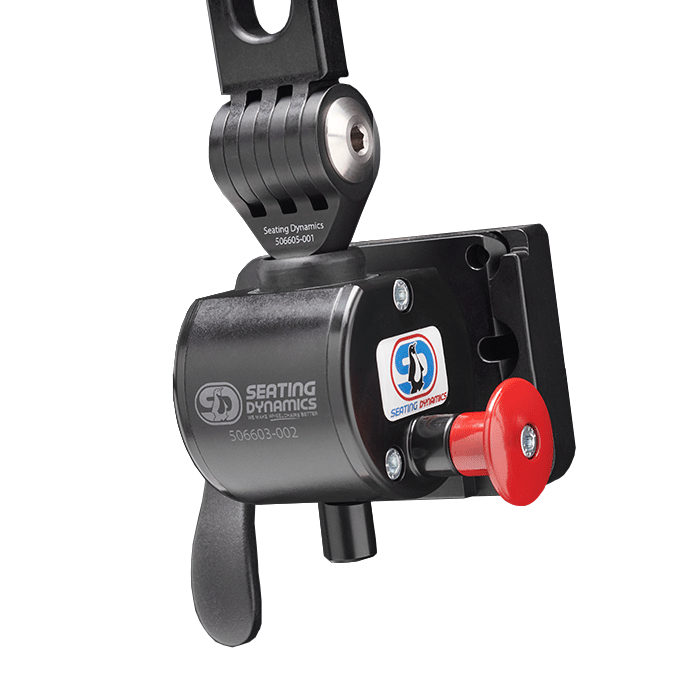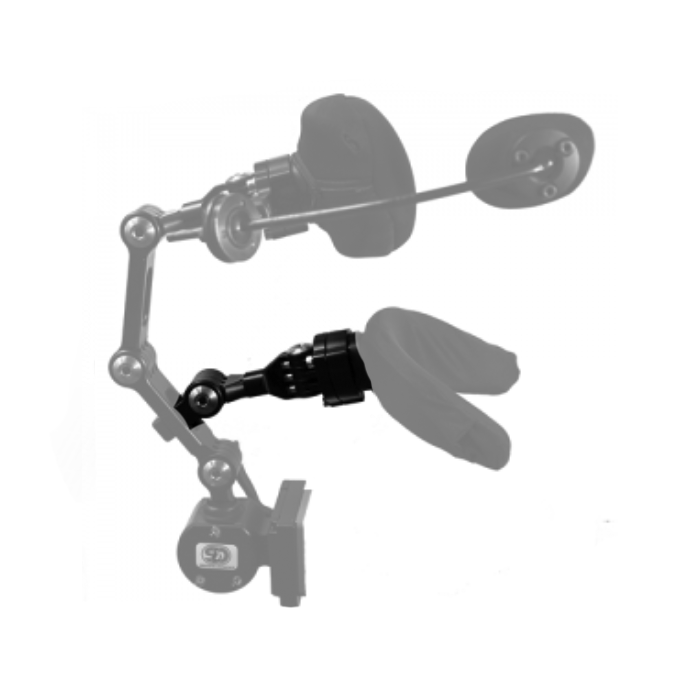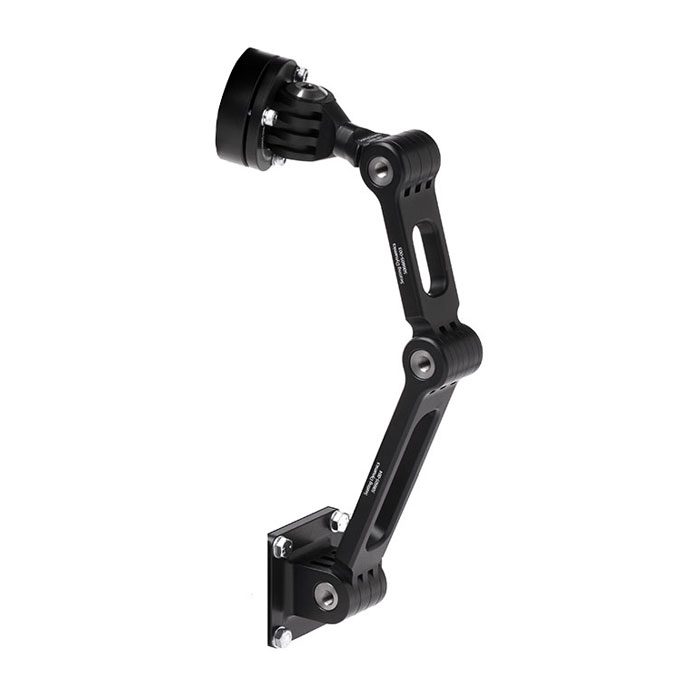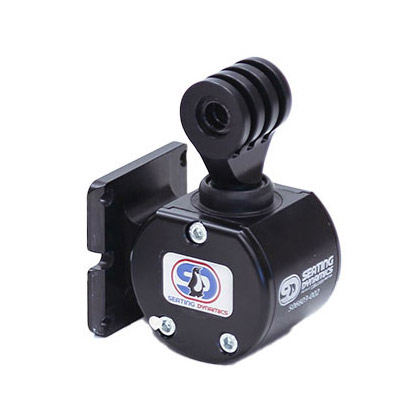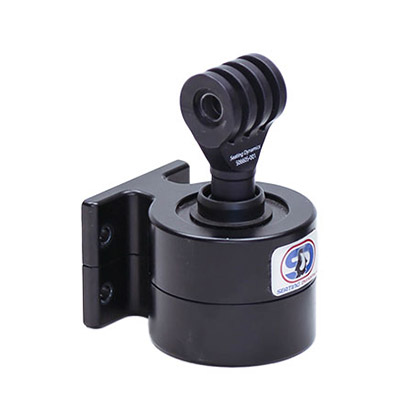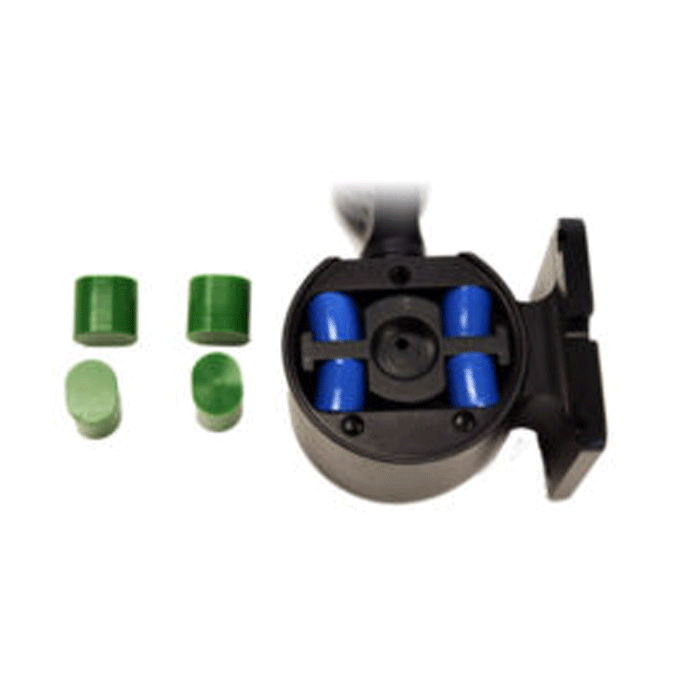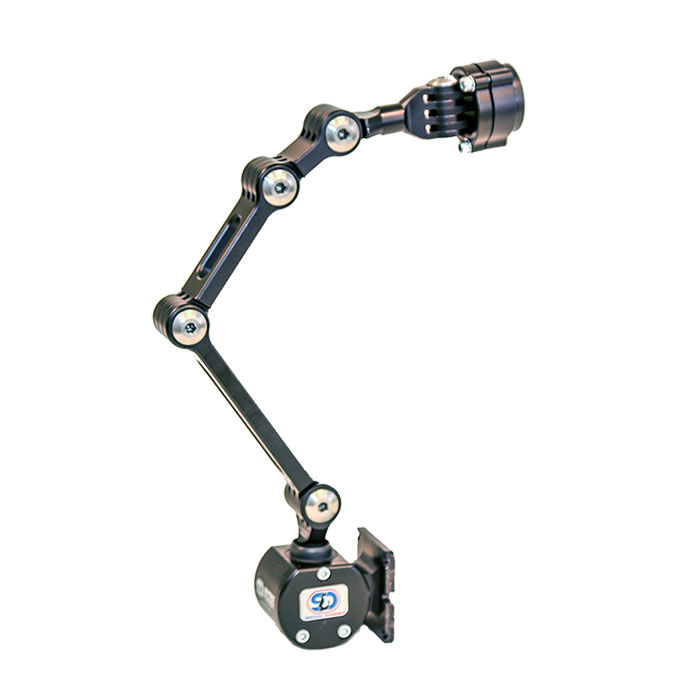Funding Dynamic Seating Components for Wheelchairs
Many wheelchair users can benefit from Dynamic Seating components. This page is designed to provide comprehensive information on the service delivery process, including appropriate documentation, for successful funding of this equipment.
This information is primarily based on funding policies within the United States. However, much of this information also applies in other countries. We recommend working closely with your local evaluation team. For funding information in Canada, we recommend https://www.accessassistivetech.ca/.
Justification Wording and Documentation
In general, documentation must include the following:
- a definition of Dynamic Seating, as the funding reviewer may be unfamiliar with this intervention.
- why the current or recommended standard equipment will not meet the client’s needs without Dynamic Seating.
- why this additional Dynamic Seating equipment is required.
- any past damage to the wheelchair frame, mounting hardware, or seat due to excessive client forces.
- any past client injury and/or pain due to excessive client forces.
- anticipated clinical benefits of the Dynamic Seating intervention (intended use).
We have developed the following resource to provide further documentation guidance:
What is Dynamic Seating?
Dynamic seating is movement which occurs within the seat and/or wheelchair frame in response to force from the client. Dynamic components absorb force which, in turn, assists the client back to a starting position.
Seating Dynamics options include:
- Dynamic Rocker Back interface
- Dynamic Footrests
- Dynamic Head Support Hardware
Dynamic Seating equipment is considered a component. It is added to an existing manual or power wheelchair frame and is not a standard option. It is not an accessory or device. The intended use is to prevent breakage of wheelchair frames and mounting hardware. For more detailed information, please click here.
Who can Benefit from Dynamic Seating?
Dynamic seating is used in three main clinical scenarios:
First, it is used to diffuse force, for example with clients who have increased muscle tone. Dynamic components absorb extensor forces that could otherwise lead to client injury, equipment breakage, decreased sitting tolerance, increased pain, increased agitation, decreased function, further increases in extension, and energy consumption.
Secondly, it is used to allow movement, for example with clients who seek out movement. Dynamic components allow movement that provides vestibular input, increases alertness, and decreases agitation.
Thirdly, dynamic seating can improve postural control and stability, as well as function.
For more detailed information, please click here.
The Service Delivery Process
It is important to understand the service delivery process in order to successfully obtain funding for Dynamic Seating components:
- Evaluation by a qualified team which may include clinicians (OTs and/or PTs) and complex rehab technology suppliers (ATPs) to determine seating and mobility needs.
- The clinician writes a Letter of Medical Necessity (LMN), including justifications for all recommended equipment.
- The supplier obtains a quote from the manufacturer of all recommended equipment.
- The supplier gathers all necessary paperwork (LMN, quotes, physician letter or notes, etc.) and submits this to the funding source (Medicare, Medicaid, and/or insurance company).
- The funding source reviews all the documentation and makes a determination to pend (asking for further information), approve, or deny. The client has the right to appeal any denial, though must do so within the required timeframe and follow the funding source requirements.
Coding
All Seating Dynamics components are coded K0108, Wheelchair Component or Accessory, not otherwise specified. This is because these components are not specifically or appropriately identified under a different code.
An exception is the HCPCS Code E2398 for Dynamic Backs (effective 1/1/2020), Wheelchair Accessory, dynamic positioning hardware for back. This code is not yet listed on the DMEPOS Fee Schedule (as of 5/2022). Due to this newer code not being listed, as well as yet undefined reimbursement, we recommend continued use of the K0108 code. Our suggested justification wording would apply to either code.
Supporting Evidence
Some funding sources request supporting evidence for specific interventions. We have available the RESNA Position Paper on the Application of Dynamic Seating which provides Clinical Indicators and Guidelines, as well as an extensive Literature Review.
What About Medicare?
Medicare (CMS) guidelines make funding approval more difficult in many circumstances. Some other funding sources also follow Medicare guidelines. Coverage is based upon medical necessity. Medicare does not directly refer to Dynamic Seating in their LCD (Local Coverage Determination), and miscellaneous codes (K0108) are individually considered. It is important that the clinician clearly documents the need for the dynamic components, explaining why these specialty items are needed vs. more standard static elements.
The ADMC (Advanced Determination of Medicare Coverage) review process can be used to determine medical necessity, depending upon the base code. The process may add about 30 days to the pre-work process, but serves as a predetermination, or prior authorization.

